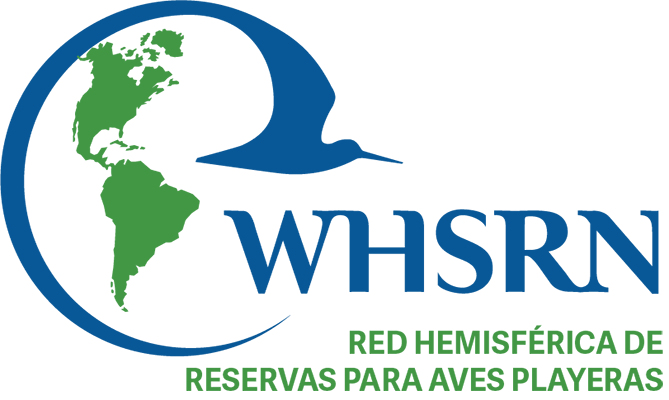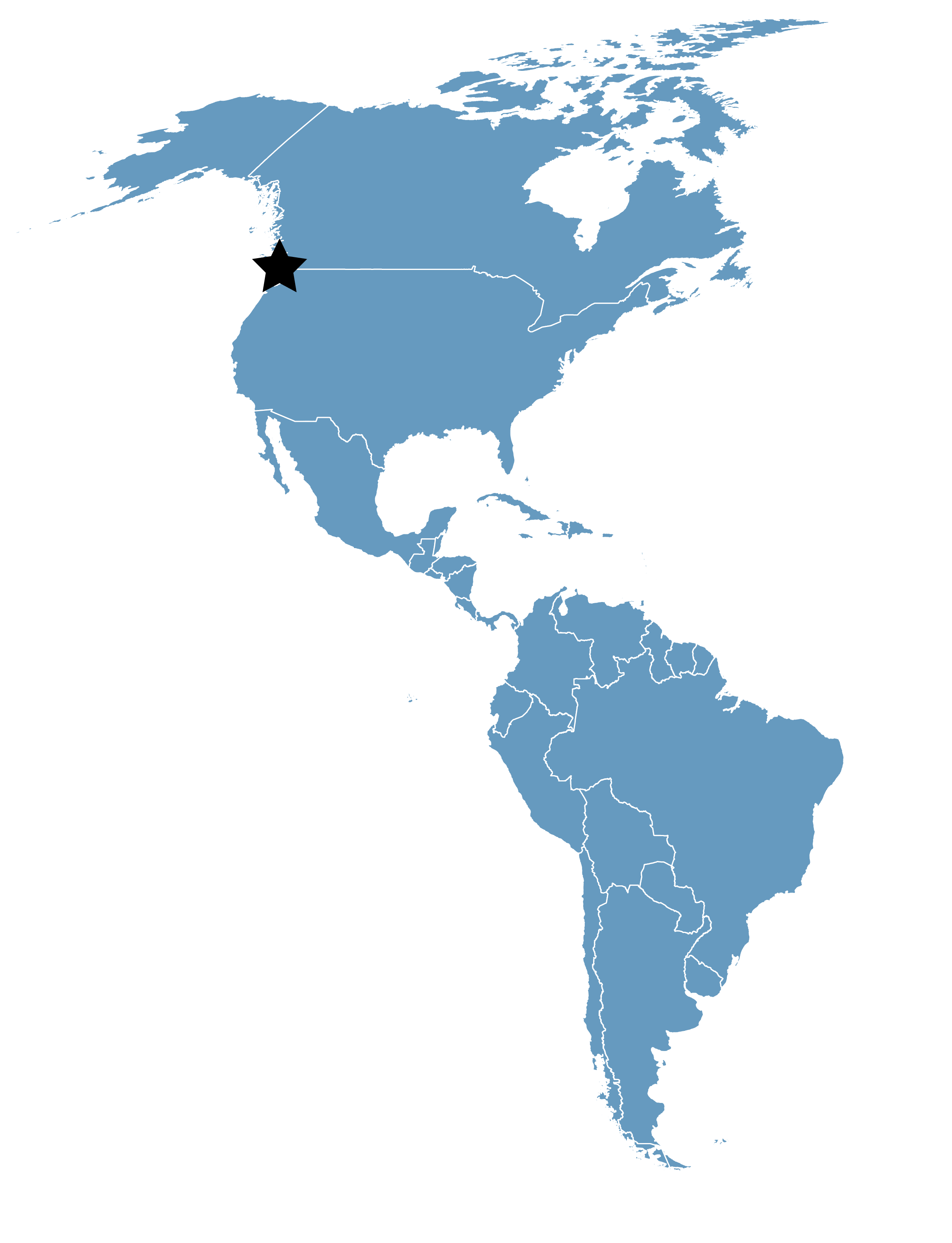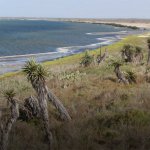Greater Skagit and Stillaguamish Delta
Location
Washington, United States
Category
Regional
Basis for Designation
More than 20,000 shorebirds per year.
Size
37,000 hectares (91,429 acres)
Date Designated
May 2012
Site Owner
Washington Dept of Fish and Wildlife
Island County Parks Department
Whidbey Camano Land Trust
Warm Beach Christian Camp
The Nature Conservancy
Overview
Greater Skagit and Stillaguamish Delta consists of 37,000 ha (91,429 acres) of Port Susan and Skagit Bays, and is classified as Tidally Influenced Marine/Coastal Wetland. This area is a complex system of marshes, mudflats, and channels that support a wide variety of wildlife. Specifically, it is among the most important of a series of estuaries in Puget Sound that collectively support large numbers of shorebirds during winter periods and spring and fall migration. Aerial surveys of wintering shorebirds conducted in the mid-1990’s showed that this area is one of only four sites in Washington with seasonal concentrations of shorebirds exceeding 20,000 birds on a regular basis. More recently, shorebird counts have been made annually from 2007-2011, with the annual sum of maximum counts by species ranging from 30,386 to 57,171, easily meeting the 20,000 threshold for status as a WHSRN site of Regional Importance. These counts are dominated by Dunlin (Calidris alpina) and Western Sandpiper (C. mauri) which were indistinguishable in the aerial surveys.
Ownership is a mix of state, county, Tribal and private. The Washington Department of Fish and Wildlife owns and manages the Skagit Wildlife Area. Iverson Preserve is part of the Island County parks system. Port Susan Bay is a Nature Conservancy reserve. Additional portions of Port Susan Bay are owned by the Stillaguamish Tribe, Warm Beach Christian Camp and the Whidbey-Camano Land Trust (see Livingston Bay and Elger Bay Estuary) and are actively managed for wildlife including shorebirds.
Conservation actions by Delta Partners
- Partners have made great strides to control Spartina anglica in Port Susan and Skagit Bays. Much of the estimated 100 solid acres that infested more than 2,000 acres of estuarine mudflat and marsh in 1997 has been eliminated. less than two Spartina infested acres still remain scattered across the area. Strong partnerships and innovative research continue to provide focused support in effectively controlling this invasive, non-native plant.
- Several conservation partners are assessing how shorebirds use the various habitats, especially following restoration actions in the Delta. Scientists are learning how climate change may be affecting the estuarine environment, and hope to use lessons learned to guide decisions here and in other estuaries in the Pacific Northwest. As part of this process, scientists are studying how river flows and tides interact to create and sustain habitats throughout the range—from tidal freshwater to saltwater marshes.
- Scientists are also researching effective estuarine restoration techniques, including removing dikes and levees, excavating tidal channels, and building log jams in the intertidal channels. These efforts are part of large-scale interest in improving habitat for juvenile salmon and other fish.
- Researchers working in the Delta have recently joined forces with scientists elsewhere in Washington to explore the feasibility of developing avian monitoring protocols that can be used throughout Washington’s estuary ecosystems.
Importance to Other Wildlife
Since the early 2000s, an average of100,000 Lesser Snow Geese and 14,000 Trumpeter and Tundra Swans winter in the Greater Skagit/Stillaguamish Delta (WDFW unpublished data). These species feed in the estuary marshes and in upland agricultural sites around the bays during the day and roost in the bays at night.
Skagit and Port Susan Bays support thousands of dabbling ducks, primarily Mallards, Wigeon, Green-winged Teal, and Pintail in winter.
The sandy shoreline of east Port Susan Bay (at Warm Beach) is a documented Band-tailed Pigeon mineral site. Annual counts in July indicate a minimum of 40 birds/day utilize the beach in July (WDFW unpublished data).
Thirteen Bald Eagle nesting territories, one Peregrine Falcon breeding site, 5 Harbor Seal haul-out sites, 2 Osprey nest sites, and 1 large Great Blue Heron breeding colony occur in the Delta (WDFW unpublished data).
The Greater Skagit/Stillaguamish Delta supports federally listed Chinook salmon and other salmon species, shell fish, and forage fish.








